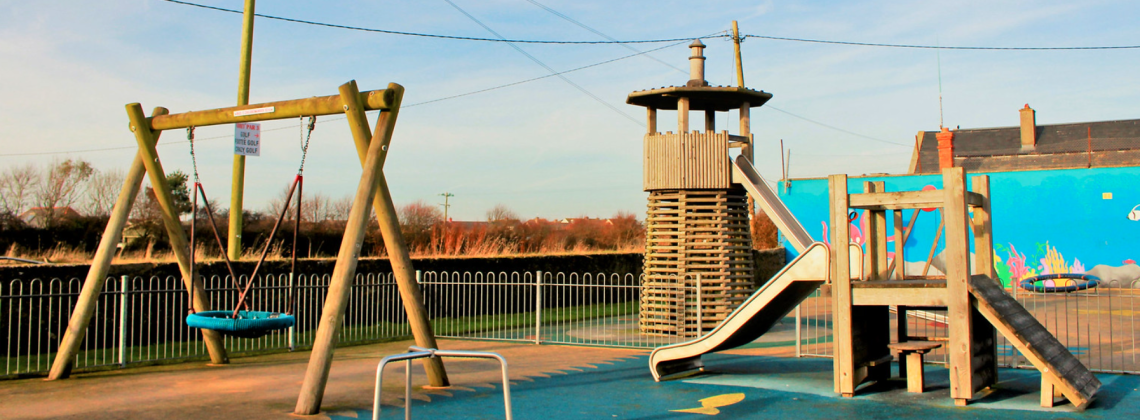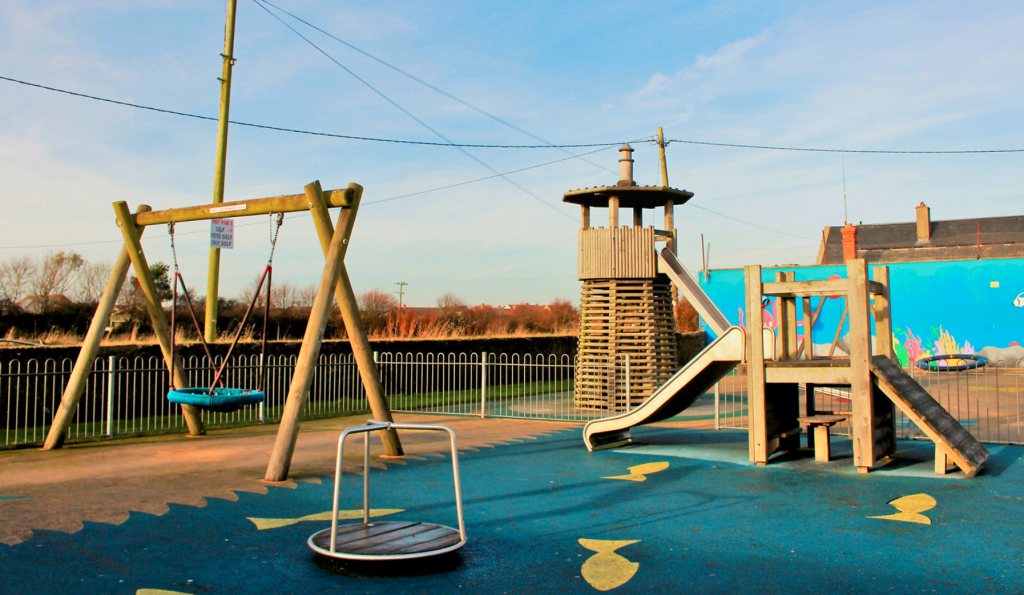

In Timothy P. Carney’s book, a complicated question receives an illuminating answer
Family Unfriendly: How Our Culture Made Raising Kids Much Harder Than It Needs to Be by Timothy P. Carney. Harper, 2024. 368 pp., $29.99
This essay is the first in a series of two essays responding to Timothy P. Carney’s new book on the state of the family in America.
*
Why aren’t Americans having more children?
In his new book, economist Timothy Carney investigates this question. His answer? Our culture has become unfriendly to families. This unfriendly culture, which Carney sees in everything from children’s sports to public policy to religious trends, makes “raising kids much harder than it needs to be,” as the subtitle of his book explains. The result is declining fertility rates that are below replacement level.
In today’s America, most people plan their family sizes deliberately, so it makes sense to examine the contemporary experience of parenthood when considering low birthrates. How does America’s parenting milieu affect people’s choices about having children? In pursuing this question, Carney assesses a broad array of specific cultural problems that affect parents and children.
Parenting in an anxious culture is difficult. Parents in the 2020s are expected to have loftier academic and life goals for their children than parents of the past. Yet parents today are also expected to forgo the behaviors that have traditionally given previous generations of parents a break from incessantly worrying about their kids—for example, sending your kids outside to play or otherwise “losing your kids” in appropriate contexts. Carney argues that the increased financial, emotional, time, and energy demands that our anxious culture and ill-designed infrastructure place on parents makes many people hesitant (frightened, even!) to have children at all, or to have additional children if they are already parents.
I can relate. It is harder than it should be to raise children in today’s culture. Hardly a playdate goes by in my town without a conversation among the moms about how hard parenting is in today’s context (but mothers feel guilty for saying so), how lonely and unsupported parents feel, or how misunderstood and undervalued many mothers truly are. It’s not, for the most part, whining; it is truth. I could share my own personal litany of suffering due to lack of support: severe morning sickness in four pregnancies with very little help, even from doctors; a baby who screamed for a year before a pediatrician finally took my concerns seriously; social isolation to the degree that, when my children were little, I went days on end interacting almost exclusively with pre-rational people; the hard work of homeschooling my children because no adequate traditional schooling was available; largely giving up my professional life for a decade so that I could always be there for my little ones, since there was no extended family or community help available. I could go on.
Despite this, the story of my own motherhood is one of gift and joy beyond all else. There’s not a doubt in my mind about that. Still, it sure would be nice if our society were set up to more properly support efforts to bring children into the world.
Currently, American lawmakers and policy wonks are trying to address some of this hardship through public policy initiatives aimed at supporting parents. Carney’s examination of such policies is fascinating yet discouraging. Looking at a variety of countries and local regions, Carney argues that government efforts to promote fertility through subsidizing daycares and similar measures largely fail to enable parents to have their desired number of children. Although these measures are touted as “family friendly,” instead of enabling family growth, they actually enable more work. They make working easier, not parenting. In other words, subsidizing daycare helps mothers (and to a lesser degree, fathers) work more hours at wage-earning jobs that directly contribute to the GDP. It does not seem to increase fertility, however. What does? According to Carney’s analysis, direct cash payments or tax breaks to parents are the only financially based policies that seem to be effective in actually increasing the number of births per woman.
Struck by this insightful work-or-babies distinction regarding policies, I paused here in my reading to wonder whether any of the lawmakers responsible for them are aware of this perspective on the effects of these policies. My cynicism soon kicked in. Accepting that many of them probably are indeed aware, I then wondered whether wealthy Western governments really wish to increase fertility. Certainly many European governments profess that they do, and we are beginning to hear rumblings along these lines from the American federal government. But one wonders whether the policymakers’ actions speak louder than their words, especially as many of these governments are just as committed to subsidizing abortion—hardly a pro-birth measure—as they are to subsidizing daycare.
This ambivalence and ineffectiveness on the part of governments, at home and abroad, is complemented by another theme in Carney’s overview of family unfriendliness: the self-contradictory, complex cultural milieux surrounding homemaking, feminism, church-going, and sexual behavior. Ultimately, Carney concludes, our society does not have enough children because it does not believe that having children is good—because, in turn, it does not believe that people are good. We have lost our connection with the fundamental principle that life, and thus the creation of more life, is of positive moral and emotional value. This “civilizational sadness,” to use Carney’s term, is shared widely among young people today. We seem to feel, somewhere down deep, that the average person’s existence is a net loss for the world. We harm the planet; we make our parents unhappy (because parenting is now so hard); and we ourselves aren’t very happy either.
Fortunately, there is much we can do to counteract the bleak combination of anxiety, nihilism, and hedonism that so turns us away from having (more) children. Carney argues that tax credits and direct cash benefits can be helpful in relieving parental hesitancy and stress. Other solutions involve making local infrastructure more family friendly—such as improving neighborhood walkability. Moreover, we can counteract anxiety and isolation among families by making social activities, customs of mutual support, and opportunities for recreation and leisure easier and more attractive. Indeed, examples such as the casual sports gatherings the Carneys helped establish through their local Catholic parish made me think of my own family’s “Winter Wonder” outdoor playgroup, which provides low-stress recreation, fellowship, and social opportunities—along with copious amounts of hot chocolate!—for our “village” during the winter months. If we can get creative, we can build this sort of truly family-friendly opportunity at a local level.
It is important to note that Carney’s own family relies considerably on their local schools for support and village-building. Other than highlighting this, Carney mainly discusses schools as sources of achievement-oriented stress—which they certainly can be. To be clear: Carney’s book is a true tour de force. So I do not consider it a criticism to raise one matter that he does not discuss in detail: that the American educational landscape today is overall (of course, there are exceptions!) unfriendly to families.
When considering how to support families and their growth, our society needs to face the reality that many—perhaps even most—Americans have access neither to adequate public schooling nor to affordable private schooling. Indeed, a quick look at the most recent Nation’s Report Card confirms that public schools are, on average, not even managing to teach our fourth graders to read proficiently. Nor can all families “just” homeschool as an alternative. As I mentioned above, I know from experience that homeschooling is highly demanding. It is almost the equivalent of a full-time job, requiring an enormous investment of time and energy while also usually requiring the sacrifice of one parent’s potential income.
What is the relationship between this unfriendly educational culture—apparent not only in schools’ academic failures but also in their moral and political failures—and parents’ decisions about family size? I would be surprised if this question did not also factor into parents’ overall experience of parenting as stressful (or not). How has the common decline of the local public school as a place of educational and moral support and “village-building,” in the many places where a decline has occurred, affected parents’ discernment about adding another child? What about tuition woes, whether for K-12 or higher education? (Carney makes it clear that young people commonly cite cost as a deterrent to having children earlier.) And does handing children over to public schools out of a sense of resignation or wishful thinking contribute to our “civilizational sadness”? I suspect that our culture cannot be truly family friendly until our schools are.
Yet we do still have many reasons to hope for a more family friendly future—and Carney’s Family Unfriendly gives us many excellent places to start.
Dixie Dillon Lane is an American historian, teacher, and essayist who writes frequently for Current and Front Porch Republic as well as other publications, including her website, TheHollow.Substack.com. She is an Associate Editor at Hearth & Field and holds a Ph.D. from the University of Notre Dame.